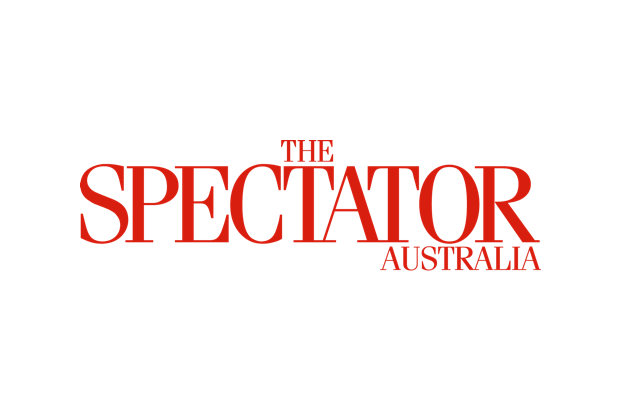The bravery and sacrifice made at Gallipoli is etched into the core of Australian history and identity. Somewhat lesser known, however, is the heroic, inspiring and history-defining battle of Beersheba some two years later. In October 1917 the outcome of the First World War was anything but clear. The losses at Gallipoli, setbacks on the Western Front and failures in the first and second battles of Gaza were plaguing the Allies’ continued efforts to make strategic gains.
The time was 4:00pm on 31 October 1917. The situation seemed grim. Tens of thousands of Allied troops massed around the small Ottoman desert town of Beersheba from three directions. Sunset was not far away and Beersheba had to be captured. Both men and horses were thirsty after long approach marches and a long day of battle in the hot desert weather conditions. The consequences of a failure to secure the Beersheba water sources were too horrifying to consider for both man and animal.
Lieutenant General Henry Chauvel, commander of the Desert Mounted Corps, took a daring decision – he instructed some 800 troopers from the 4th & 12th Australian Light Horse Regiments to conduct a charge of the Ottoman trenches east of Beersheba. The decision was daring as the Light Horsemen had only ever been trained to attack as mounted infantry, and were neither equipped nor trained in cavalry charging tactics. The troops led the horses towards the Ottoman lines and moved off at a trot. Surprise and speed were their one chance. Facing sustained enemy fire, the mounted infantry charged (with bayonets in hands instead of cavalry sabers), riding under the Turkish guns and clearing the trenches in close combat. Though outnumbered, the audacity of the attack carried them through to victory.
The Ottomans were completely taken by surprise at the speed of the Australian charge. They were expecting them to storm the trenches as infantry. The Light Horsemen’s decision not to dismount or fight as infantry proved to be an act of strategic military ingenuity.The capture of Beersheba was complete by nightfall, and the precious wells of the town secured. The Australian mounted charge was the climax of The Battle of Beersheba, the first blow inflicted by the Allied Forces on the left flank of the Ottoman defense line. The victory paved the way for General Allenby to make profound strategic advances – moving from the Gaza-Beersheba border to ‘Jerusalem by Christmas’ within only six weeks.
The charge of Beersheba was the first in a line of impressive victories achieved by the Australians during the campaign in the Holy Land, who proved again and again their determination, fine horsemanship and courage. From the trenches of Beersheba the Australians fought their way north to Jerusalem, the Judean Desert, the Jordan Valley, onto the final offensives in the Holy Land – victory at Semakh and the Battle of Megiddo.
In the cemetery at Beersheba, 1241 Commonwealth soldiers are buried. Men who sacrificed their lives in service of their country, and expressed values of the highest order: honour, courage, loyalty and duty. The Battle of Beersheba represented the entry of the Allied Forces into the Holy Land, a campaign lasting 11 months until the victorious Australians crossed the Jordan River on their way to Damascus. On the same day of the charge of Beersheba, the British Cabinet approved the Balfour Declaration recognising the rights of the Jewish people in their ancient homeland. However, its contents were revealed only two days later. It is highly likely that the British Government was waiting for the news of the victory at Beersheba and the entry of the forces into the Holy Land. It was the Balfour Declaration that set off a chain of events leading to the establishment of the modern state of Israel – a democracy with values similar to Australia. Next year marks the centenary of the Charge. The Battle of Beersheba helped overcome the long dark shadow cast by the losses at Gallipoli. Today, it is equally important to remember the history-changing events that resulted from the same fighting spirit exhibited by the ANZACs at Beersheba.
Got something to add? Join the discussion and comment below.
Eran Tearosh, Chairman WWI Historical Society Israel in Aust 15-31 May. Free talks on Beersheba: visit beersheba2017.com
You might disagree with half of it, but you’ll enjoy reading all of it. Try your first month for free, then just $2 a week for the remainder of your first year.










